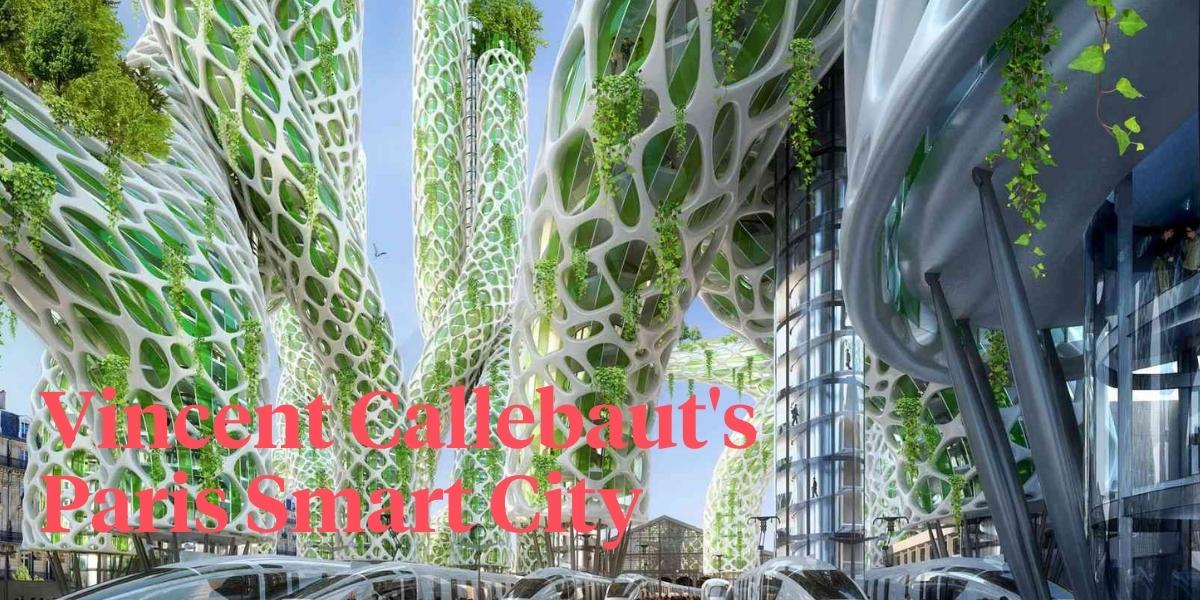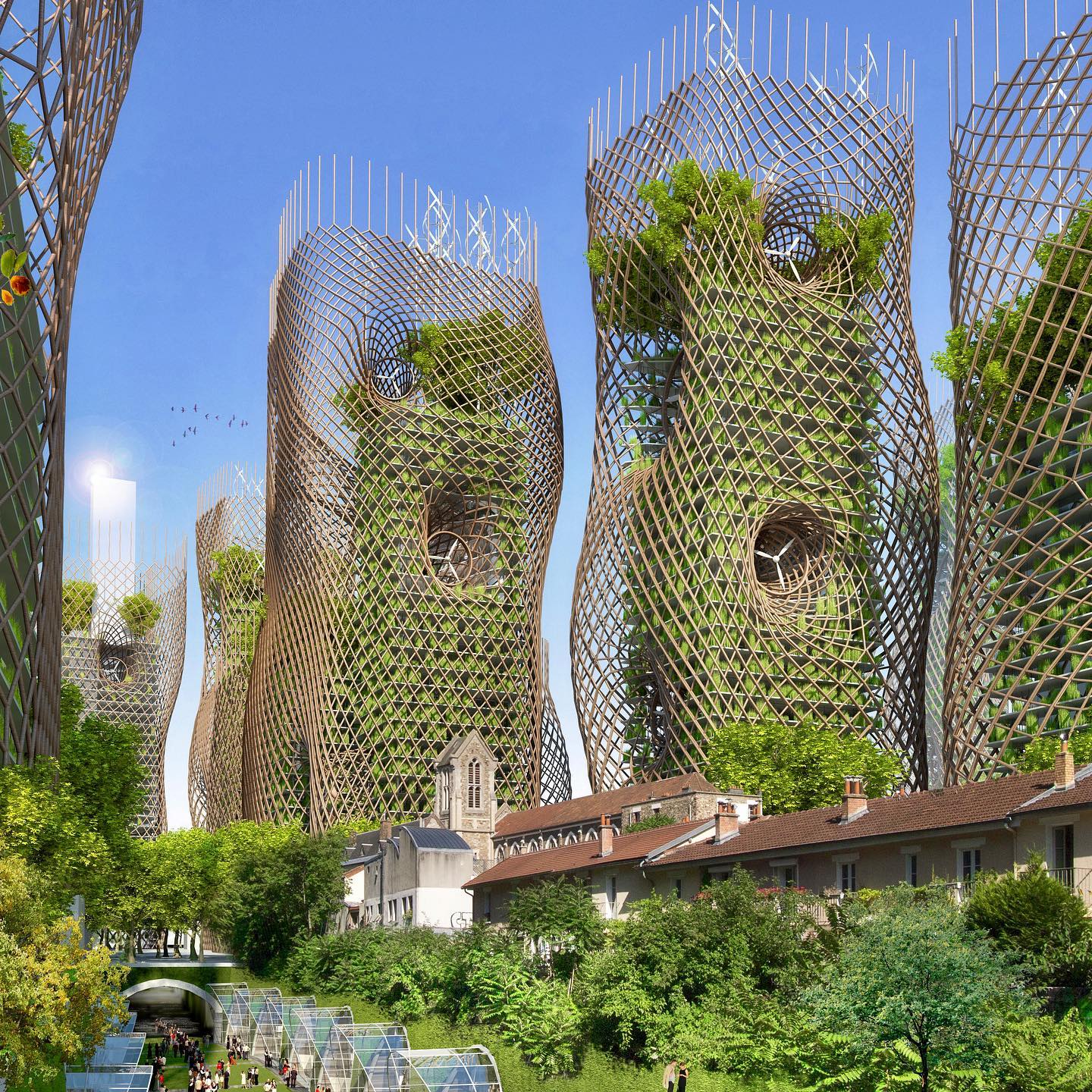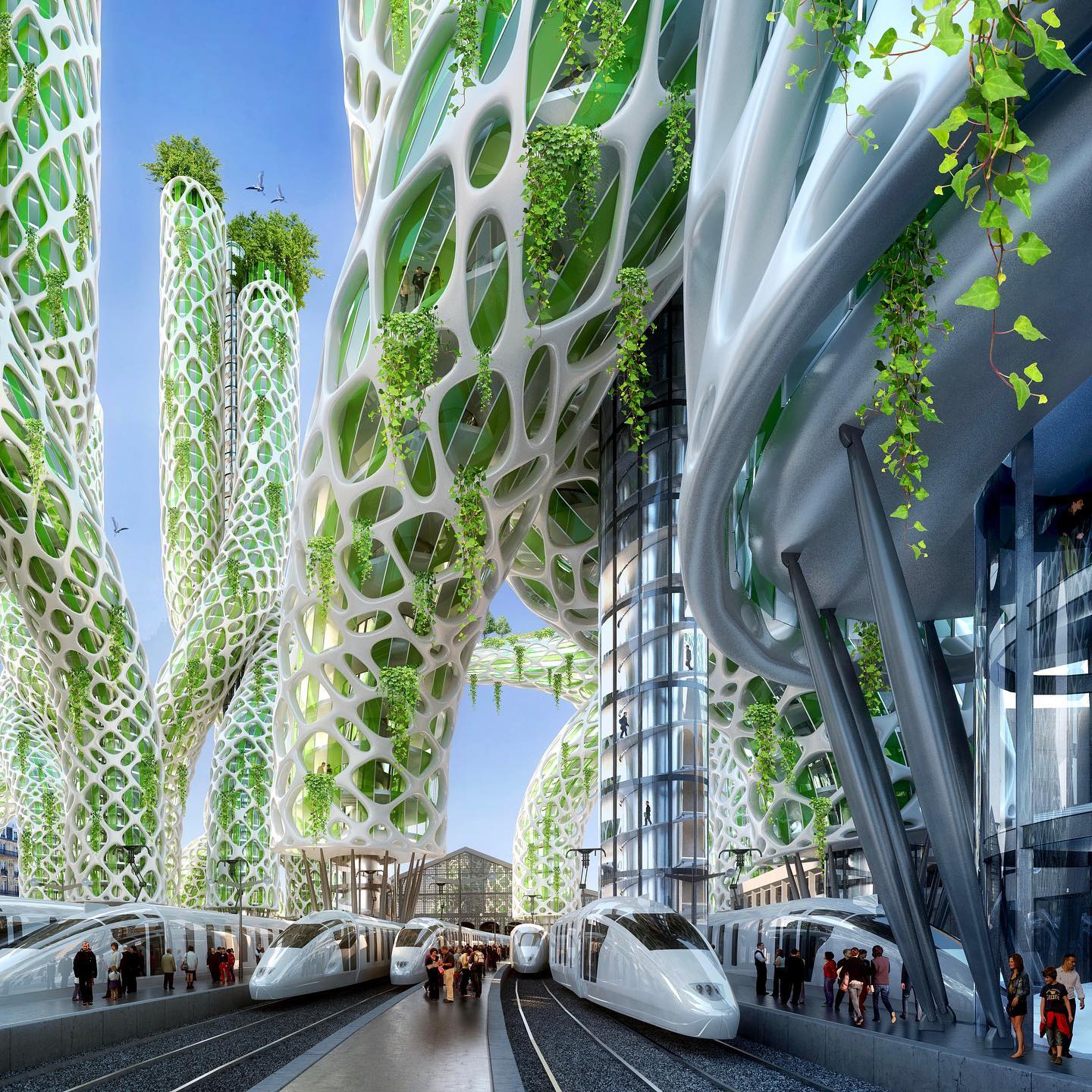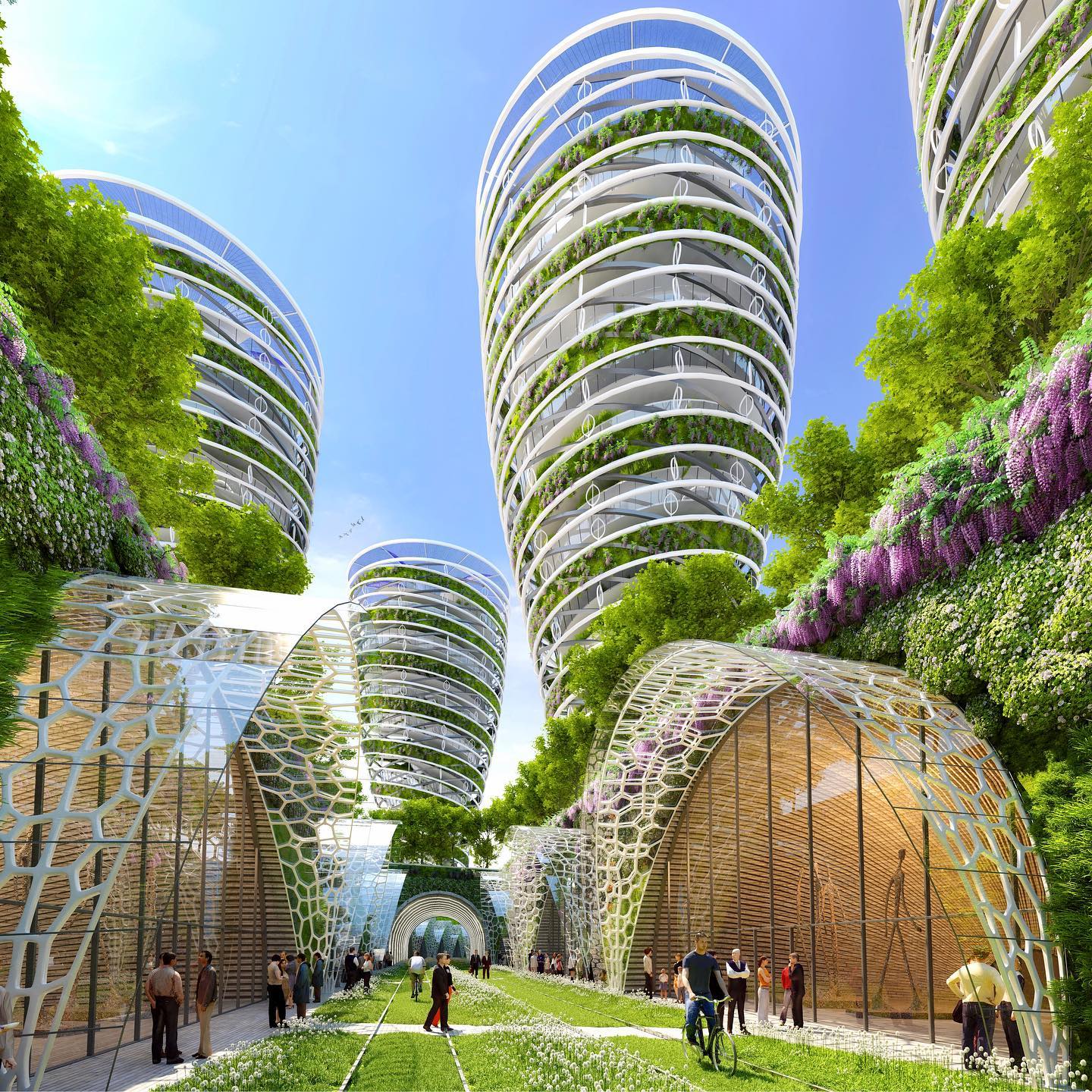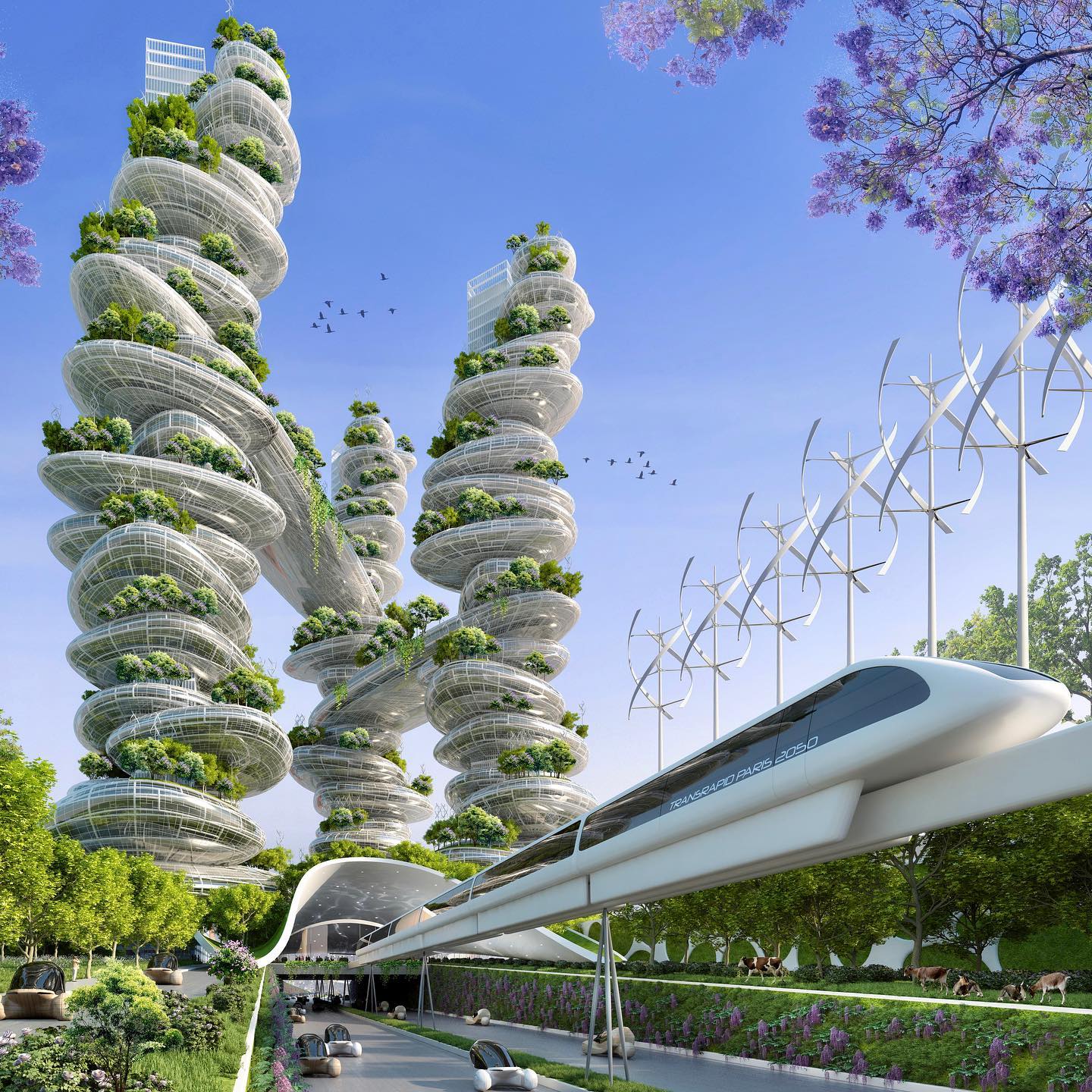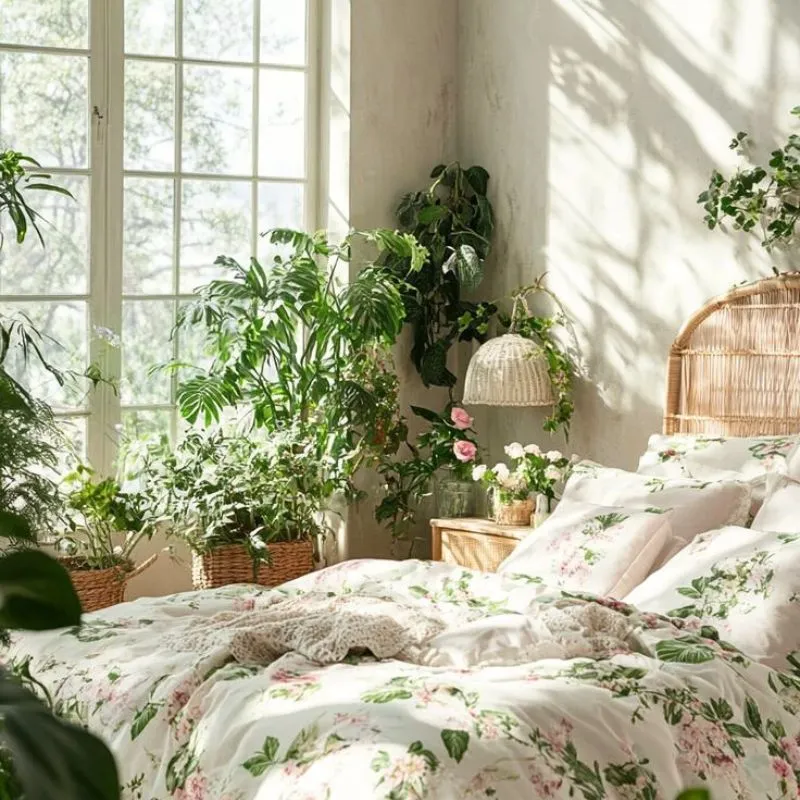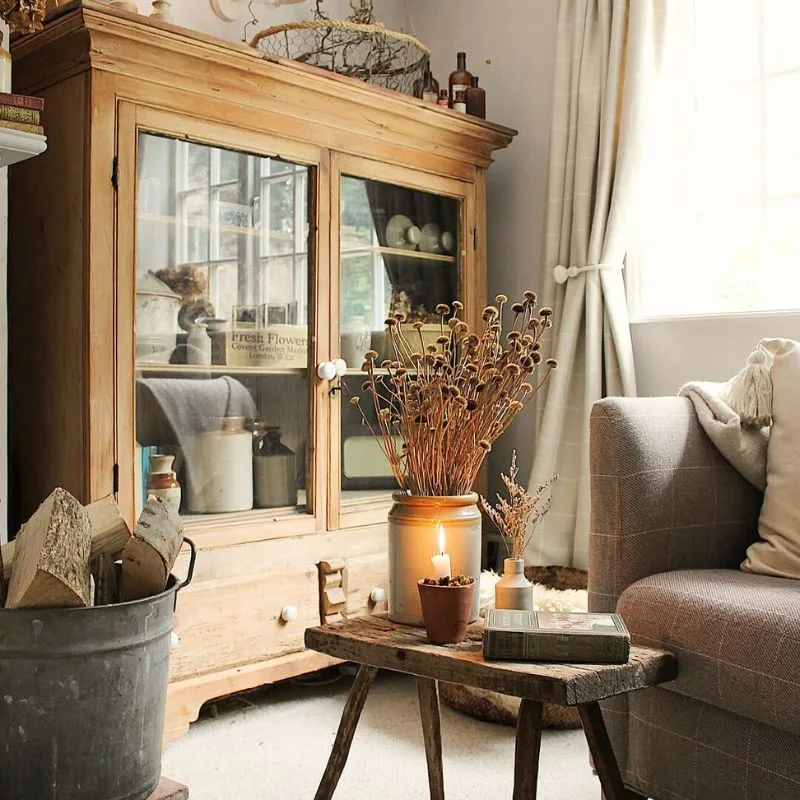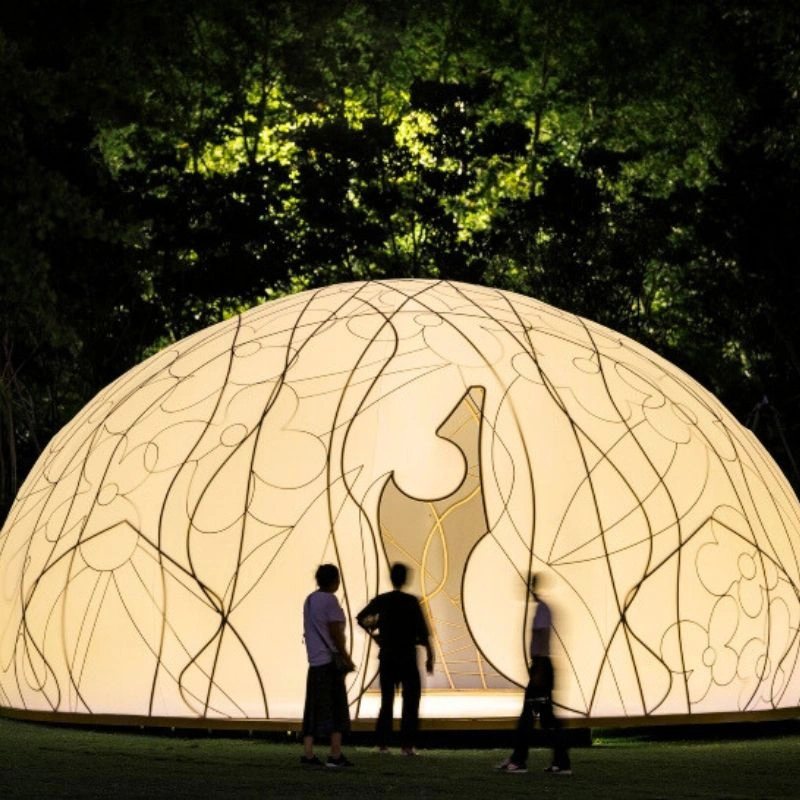Addressing Paris’ housing and density issues, French firm Vincent Callebaut Architectures has developed a proposal for multiple high-rise buildings with positive energy output. Comprised of eight multi-use structures inhabiting various locations within Paris, the plan strives to address major sustainability problems affecting each district, while providing key functions for the city.
Vincent Callebaut's 2050 Vision of Paris as a Smart City
At the request of the Paris city council, Vincent Callebaut designed Paris Smart City 2050, eight prototypes of mixed-use eco-towers. The project aims to combat global warming with innovative buildings that densify and remediate the urban environment for a sustainable, compact, and connected city.
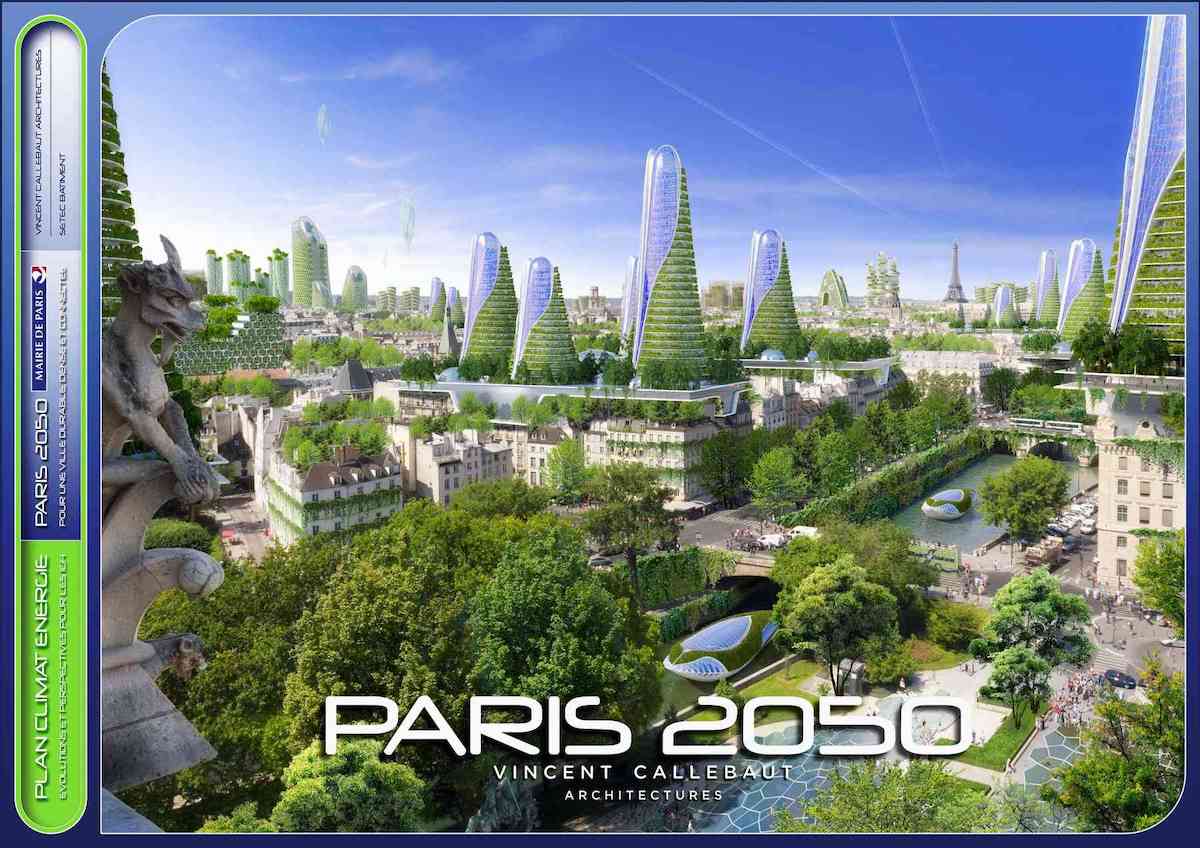
Green Practitioner
Vincent Callebaut is a Belgian ecological architect that designs futuristic-like eco-district projects which take account of several aspects of sustainability, such as renewable energies, biodiversity, and urban agriculture. After graduating from the Institute Victor Horta in 2000, he moved to Paris to intern with architects Odile Decq and Massimiliano Fuksas and then founded his own company - Vincent Callebaut Architectures.
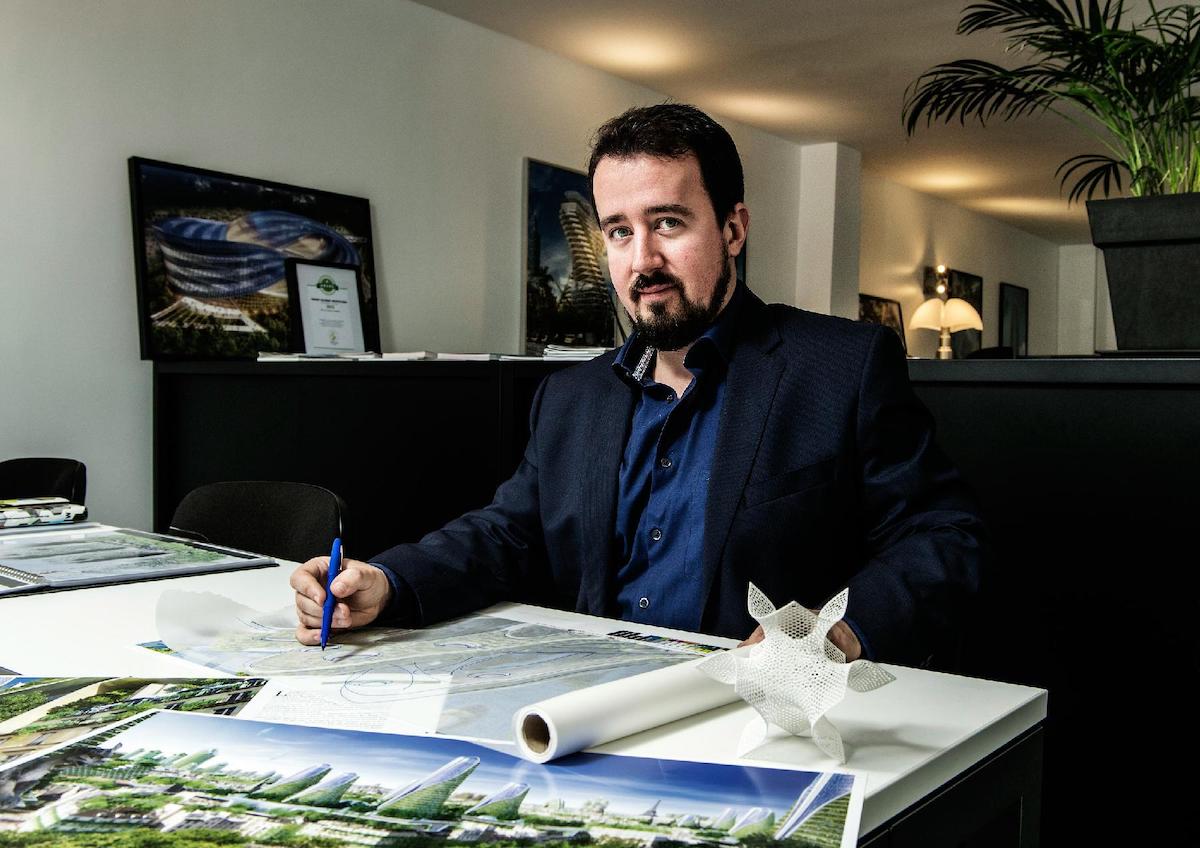
The European Centre for Architecture, Art, Design and Urban Studies, and The Chicago Athenaeum Museum of Architecture and Design have named Belgian architect Vincent Callebaut as the Green Practitioner of the Year 2021. Awarded in the top 50 of the Green Planet Architects, Vincent Callebaut Architectures is referenced as the best eco-prospective and visionary architectural firm by Time Magazine imagining fantastical projects that address the world's environmental and social ills.
Spearheading Green and Sustainable Design
Constantly challenging conventional ideas and pushing architectural boundaries, multiple award-winning Archibiotect, Callebaut has single-handedly spearheaded green and sustainable design, taking it to the next level. Known for his eco visions that surpass the human imagination, his cutting-edge ideas give hope for a better future.
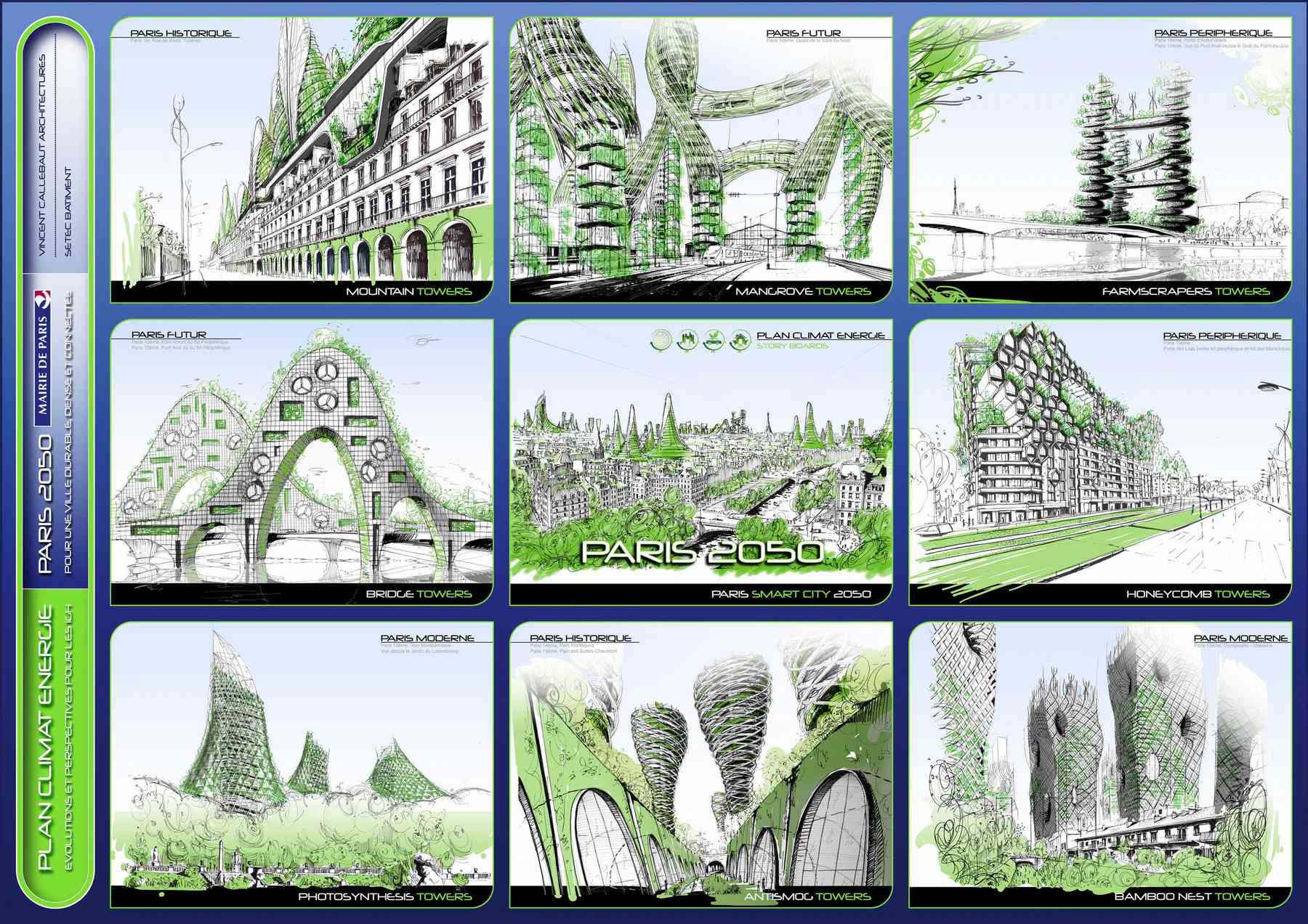
Hope for a Better Future
Following the Climate Energy Plan of Paris aimed at reducing 75 percent of the greenhouse gas emissions by 2050, the 2050 Paris Smart City project is a research and development project about the integration of high-rise buildings with energy-plus houses, working together to produce all the energy for the area.
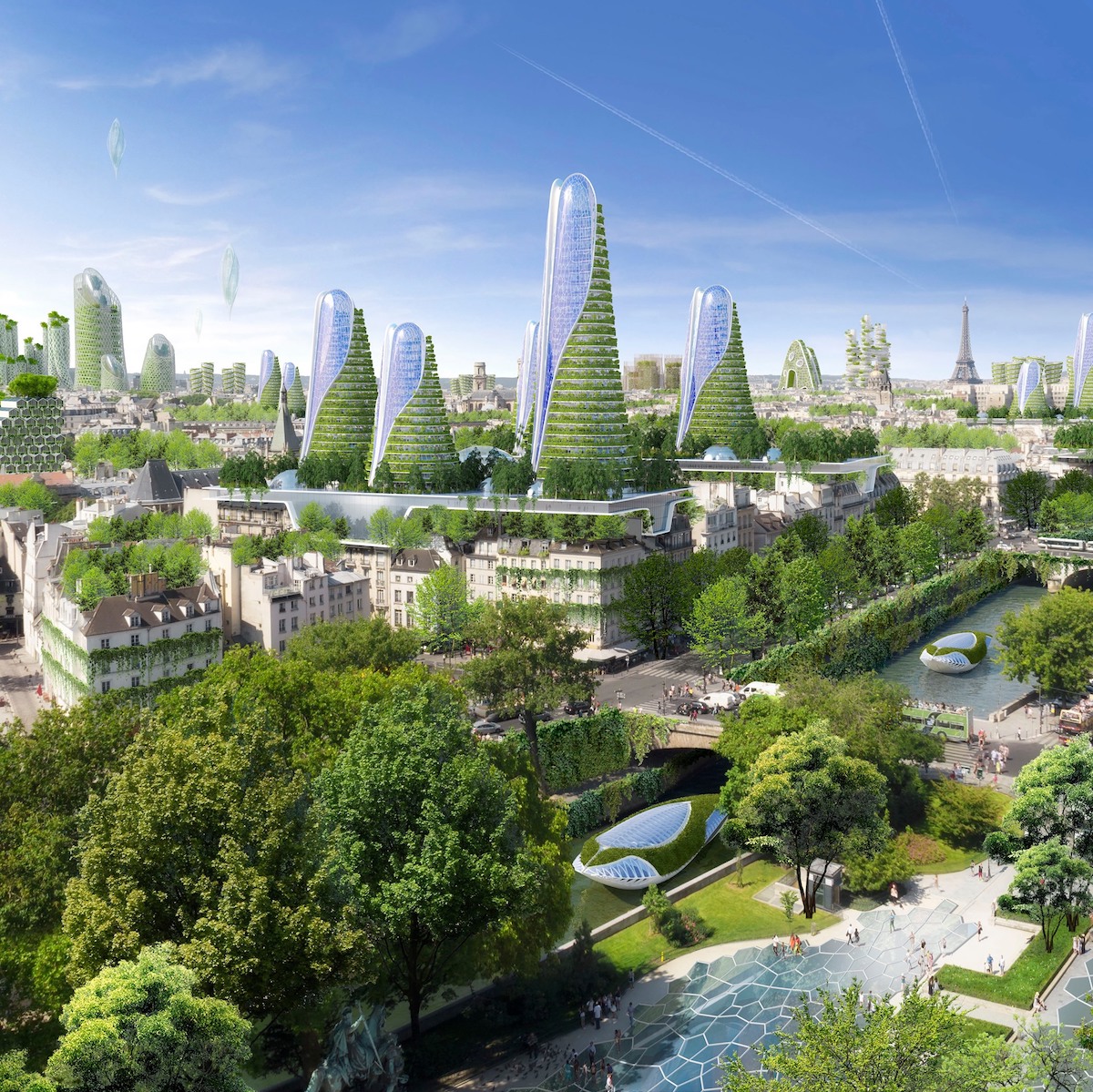
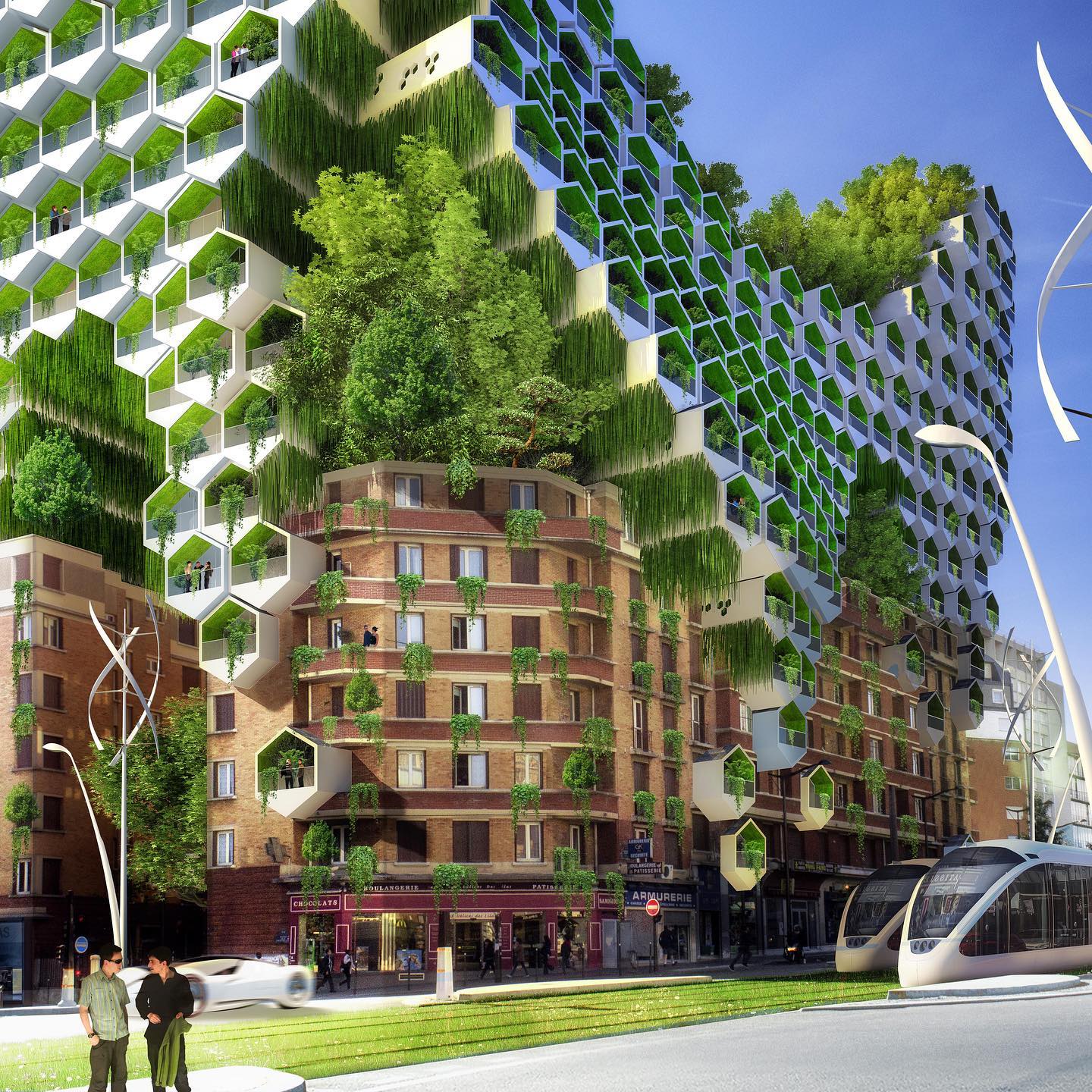
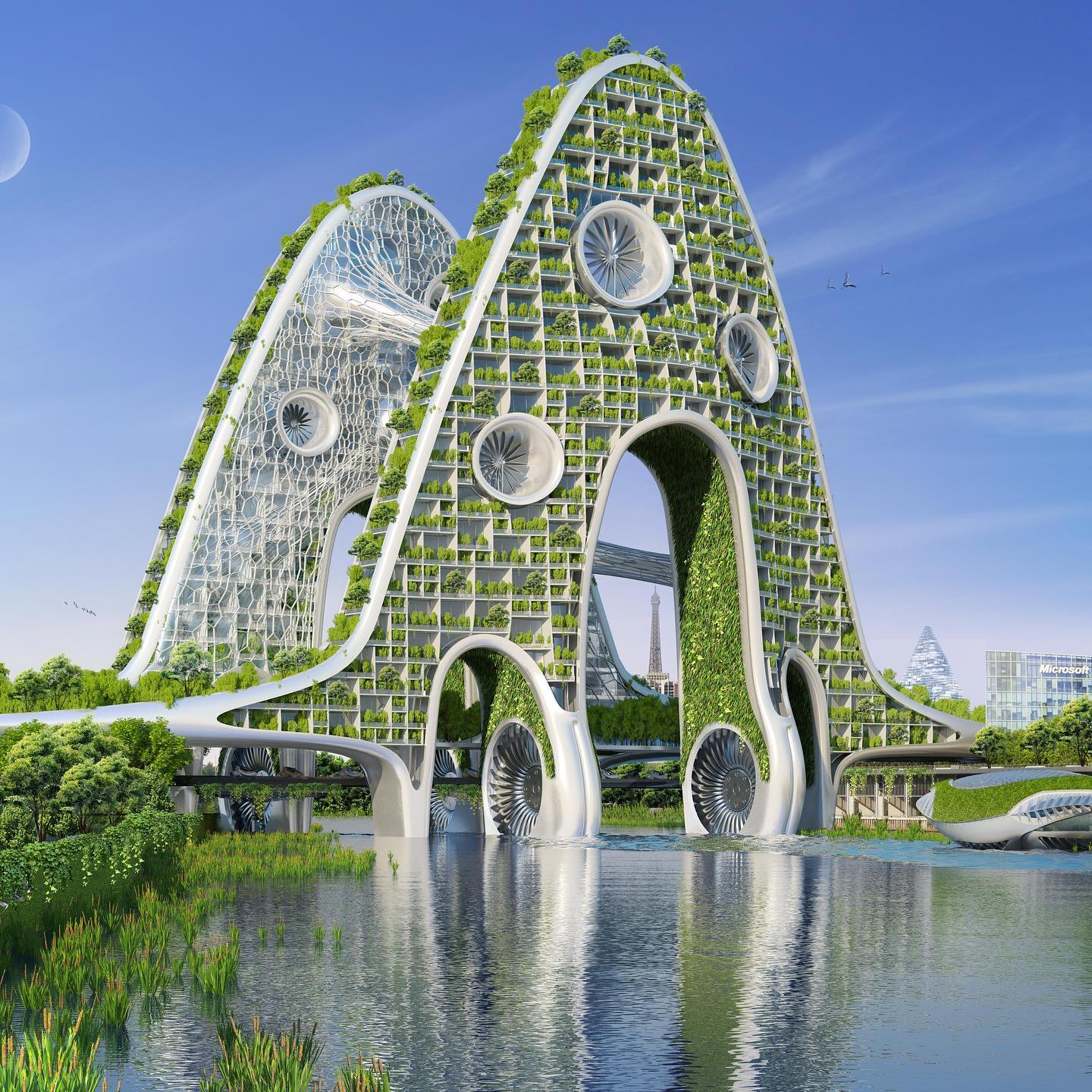
In order to fight against the urban heat-island phenomenon, this study presents eight prototypes of mixed towers. These towers repatriate the natural state in the heart of the city and conform to the rules of bioclimatism – the use of natural energy without conversion into another form of energy. There are then renewable and recyclable energies in a short loop through innovative systems.
Green Spaces and Suspended Gardens
The forms of these high-rises are informed by nature, while within their walls, natural processes (passive heating and cooling, oxygenation, rainwater retention) are utilized wherever possible to create self-sustaining units. Additionally, the insertion of green spaces, namely community, and suspended gardens, bring the purifying effects of rural life into the city and encourage residents to involve themselves in cultivating a sustainable lifestyle.
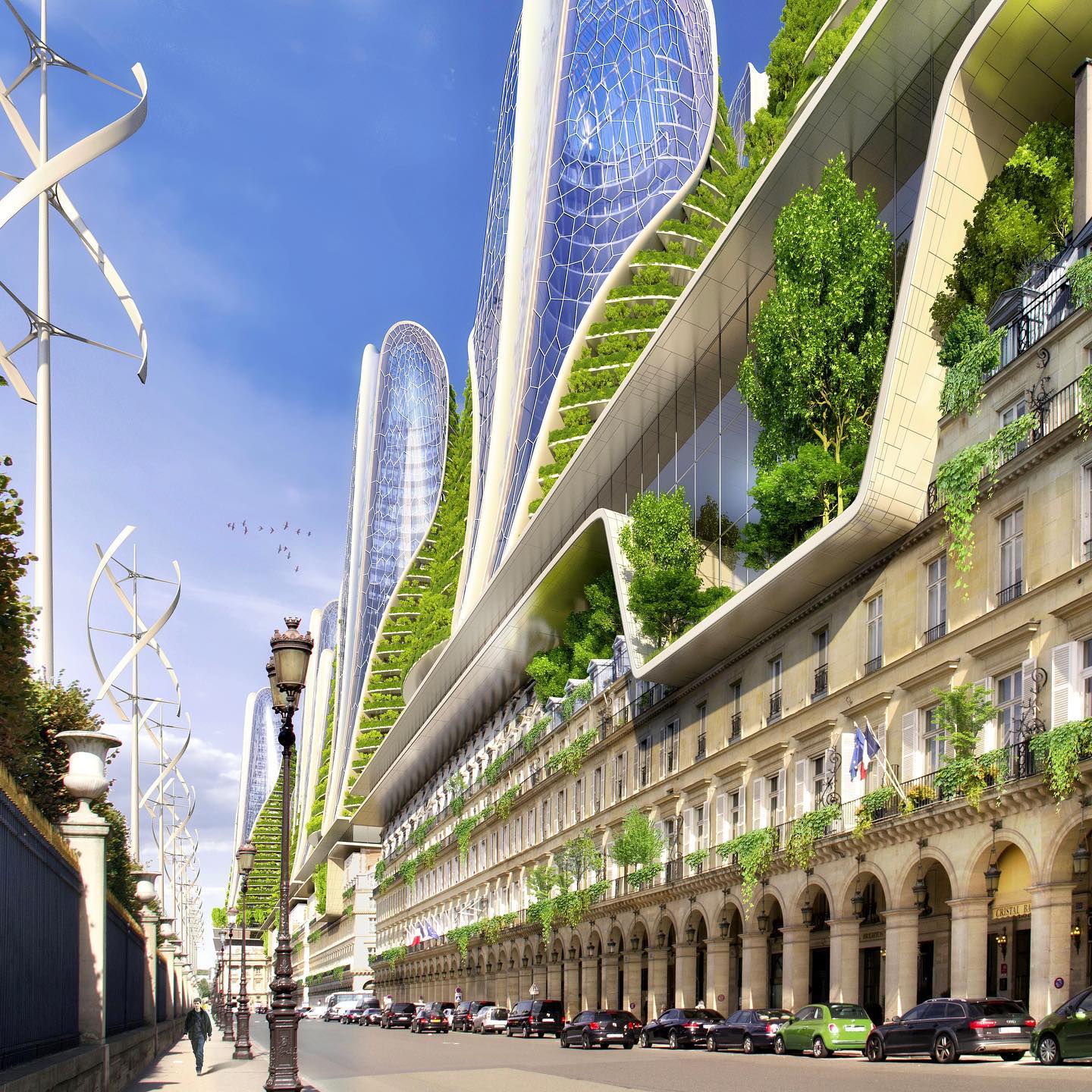
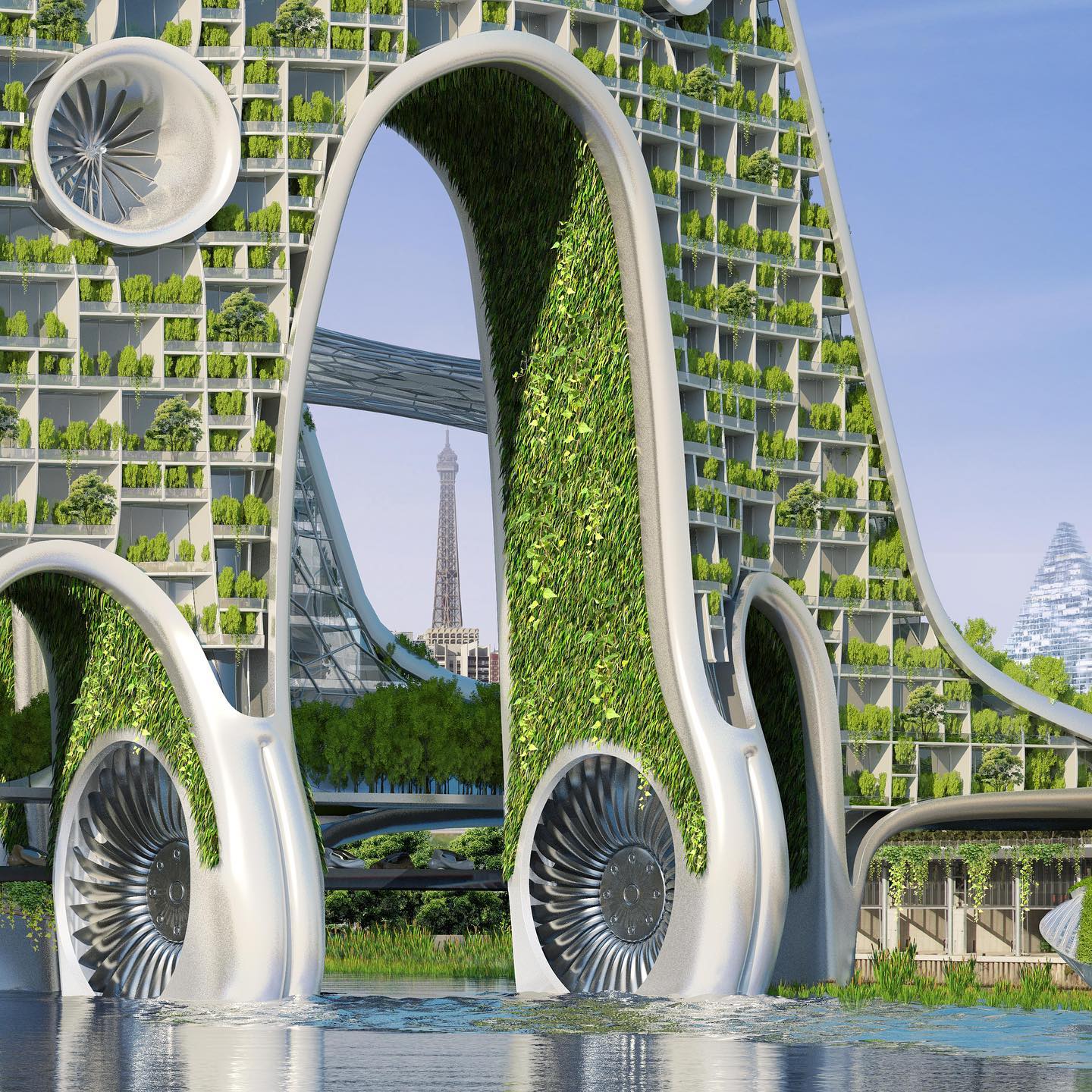
Callebaut's profound vision has created awareness of the impending effect of climate change, opening up a profound possibility of a better future through sustainability designs. For more information about the 2050 Paris Smart City project and to see his other works, visit Vincent Callebaut Architectures' website.

